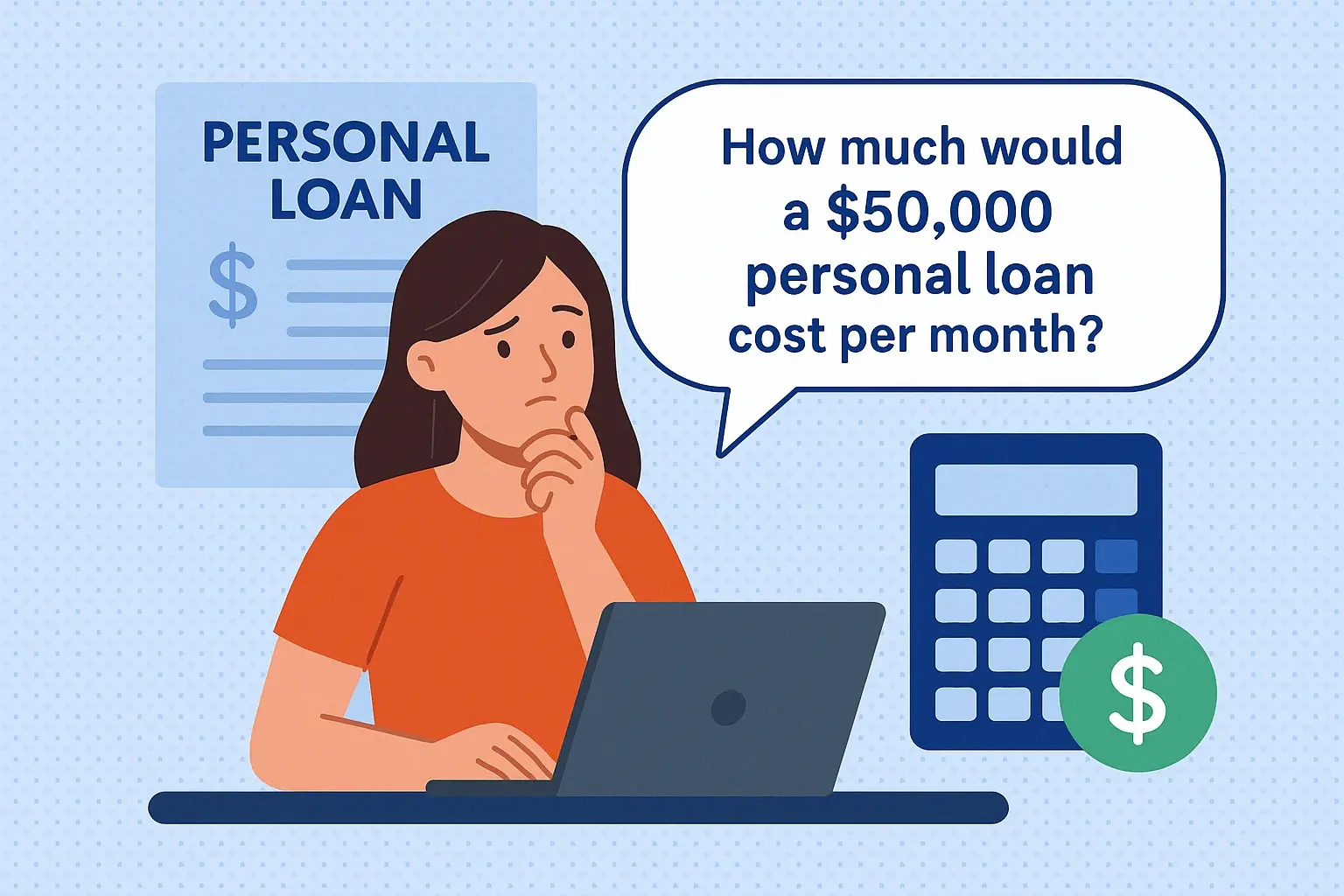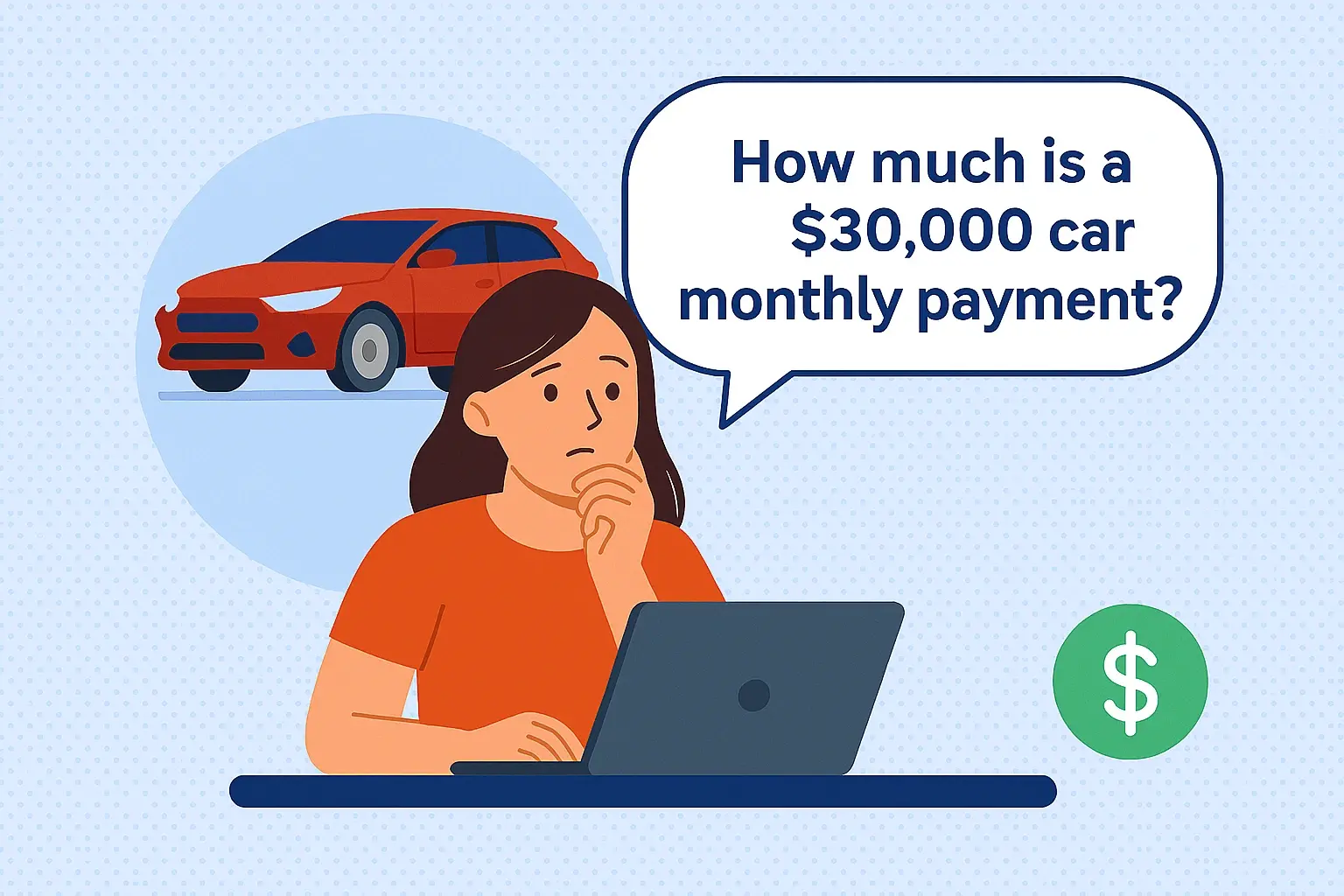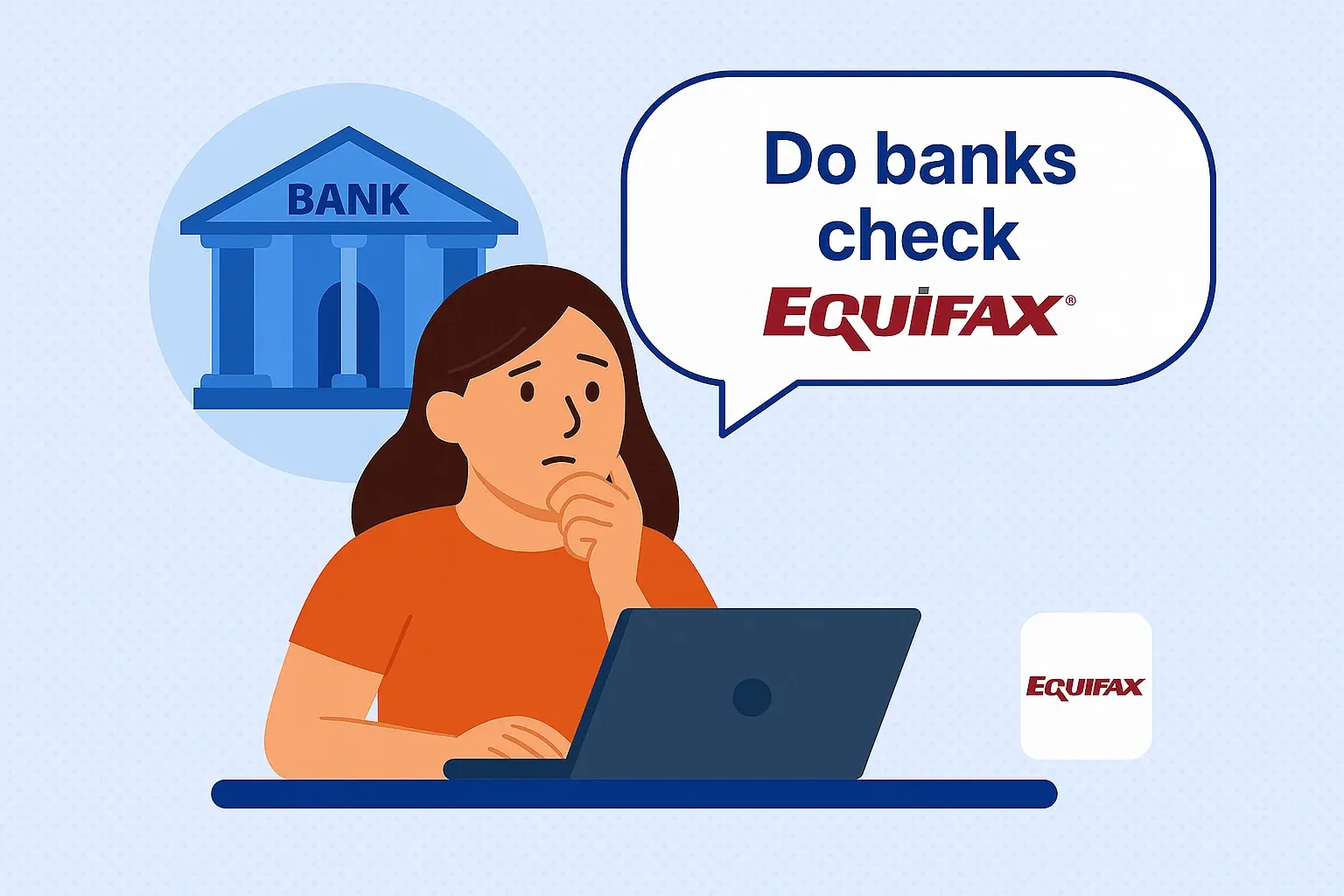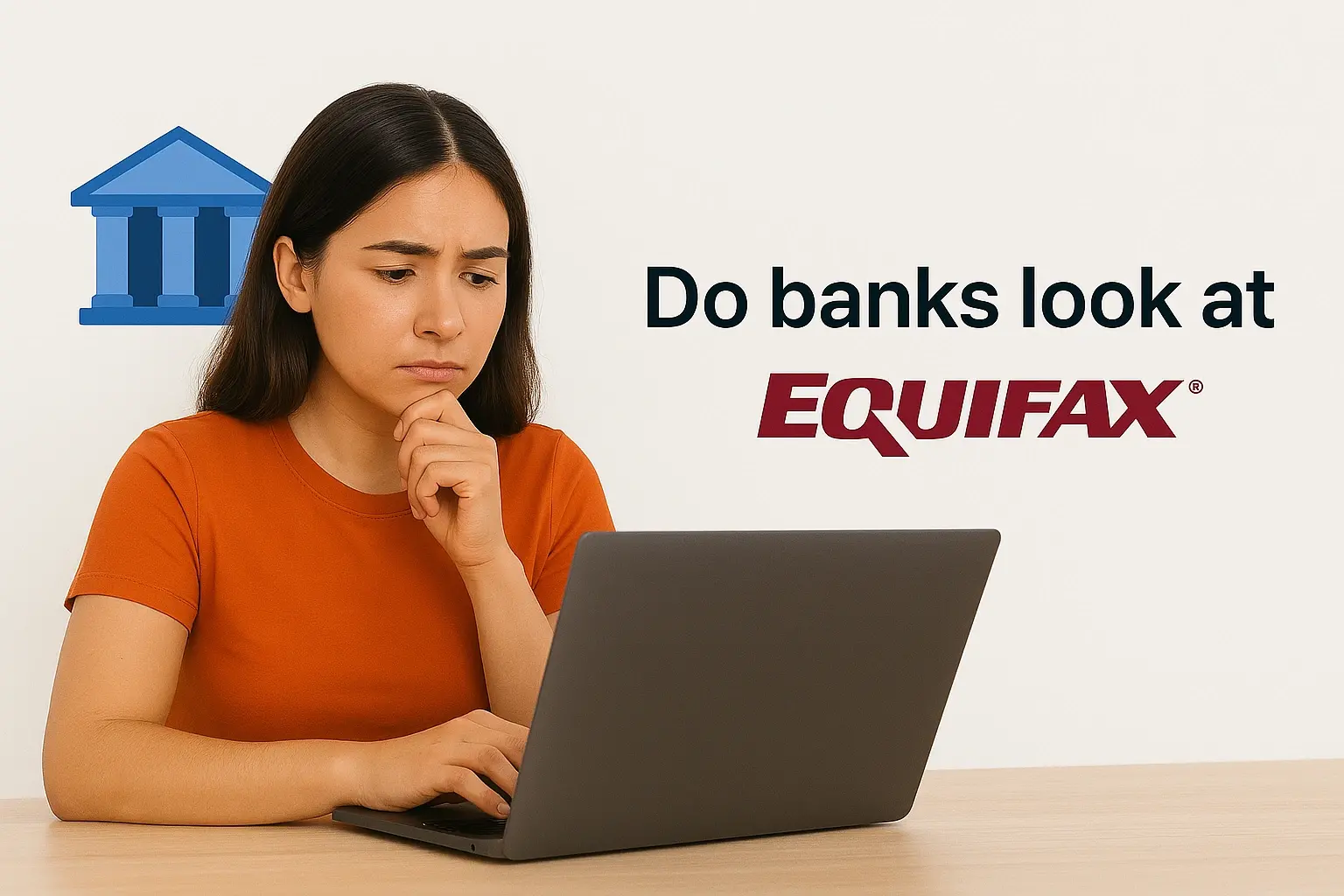-
Posted on: 30 Jul 2024
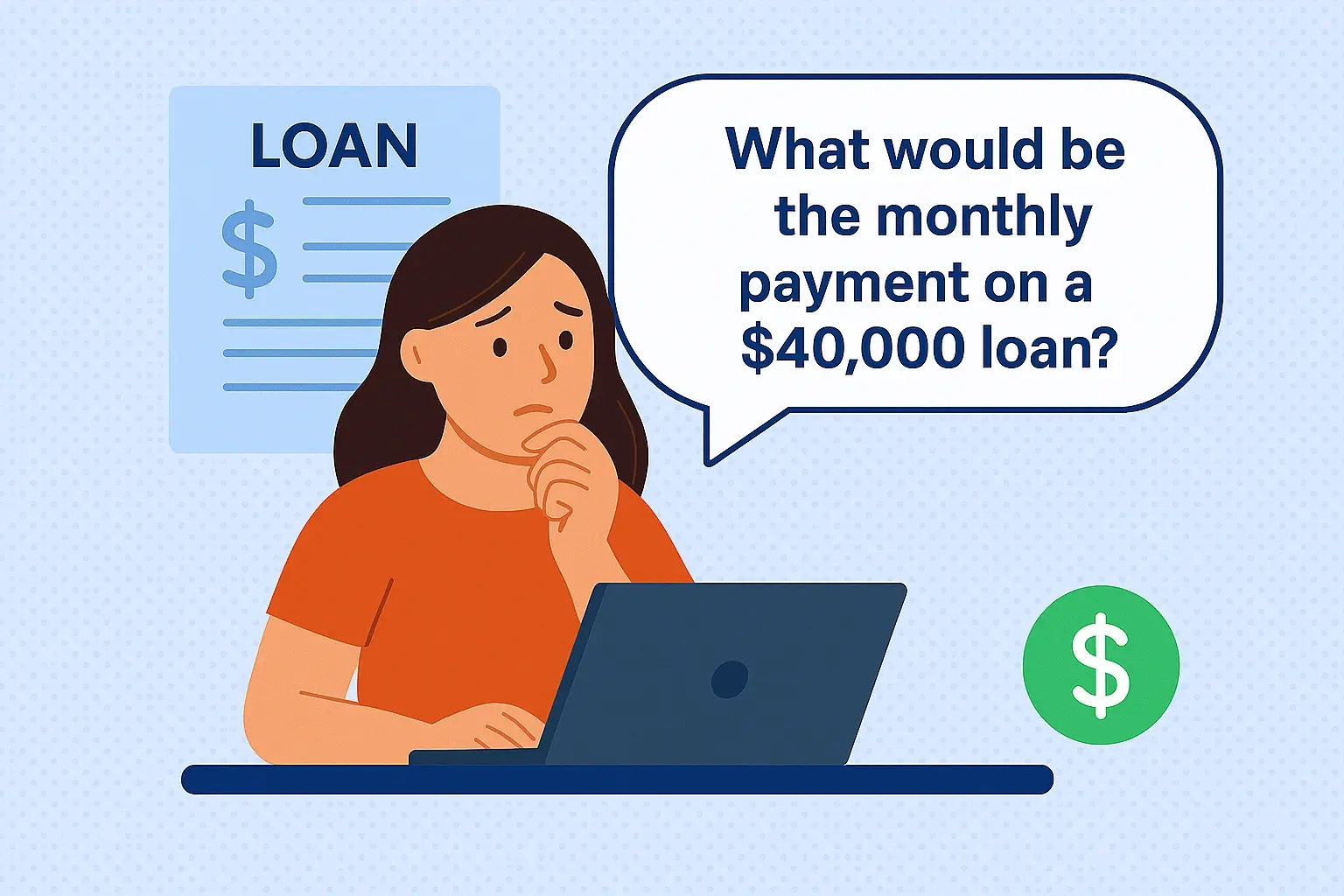
-
Curious about the monthly payment for a $40,000 loan in 2025? This guide breaks down loan terms, interest rates and provides clear examples. Discover how to estimate your repayment and secure the best loan for your needs.
Understanding the Key Factors Affecting Your Monthly Payment
When you're looking to borrow a significant amount like $40,000, understanding what influences your monthly repayment is crucial. It's not just a single number; it's a dynamic figure shaped by several core components. In 2025, as economic conditions evolve, these factors become even more critical to grasp.
The primary drivers of your monthly loan payment are:
- Loan Principal: This is the actual amount you borrow, which in this case is $40,000. A larger principal generally means a higher monthly payment.
- Interest Rate: This is the cost of borrowing money, expressed as a percentage of the principal. Higher interest rates lead to higher monthly payments.
- Loan Term: This is the duration over which you agree to repay the loan. Longer terms usually result in lower monthly payments but more interest paid over time, while shorter terms mean higher monthly payments but less total interest.
- Loan Fees: Some loans come with origination fees, late fees, or other charges that can indirectly affect your overall borrowing cost and, in some cases, your payment structure.
Mastering these elements will empower you to make informed decisions and find a loan that fits comfortably within your budget. Let's dive deeper into each.
How Loan Term Length Shapes Your Monthly Payment?
The loan term is arguably one of the most impactful factors on your monthly payment. Think of it as the repayment runway you're given. A longer runway means you can spread the repayment over more months, making each payment smaller. Conversely, a shorter runway requires larger payments to clear the debt within the specified timeframe.
For a $40,000 loan in 2025, the difference between a 3-year term and a 7-year term can be substantial. Lenders offer a range of terms, often varying based on the type of loan (e.g., personal loan, auto loan, mortgage refinance).
Key Takeaway:
- Shorter Terms (e.g., 3-5 years): Higher monthly payments, less total interest paid.
- Longer Terms (e.g., 5-10 years): Lower monthly payments, more total interest paid.
Choosing the right term involves balancing the affordability of the monthly payment with the total cost of the loan.
Interest Rates and APR: The True Cost of Borrowing
Interest is the price you pay for using borrowed money. In 2025, interest rates are influenced by a multitude of economic factors, including the Federal Reserve's monetary policy, inflation, and market demand. Your Annual Percentage Rate (APR) is a more comprehensive measure than the interest rate alone, as it includes not only the interest rate but also certain fees associated with the loan. This makes APR the most accurate representation of the total cost of borrowing.
Why APR Matters for Your $40,000 Loan:
- Comprehensive Cost: It gives you a clearer picture of the total expense of the loan.
- Comparison Tool: It allows for a more accurate comparison between different loan offers. A loan with a slightly lower interest rate but higher fees might have a higher APR than one with a slightly higher interest rate and fewer fees.
Factors Influencing Your Interest Rate/APR:
- Credit Score: A higher credit score generally qualifies you for lower interest rates.
- Credit History: A long and positive credit history demonstrates reliability.
- Income and Debt-to-Income Ratio (DTI): Lenders assess your ability to repay.
- Loan Type: Secured loans (backed by collateral) typically have lower rates than unsecured loans.
- Market Conditions: Prevailing economic conditions in 2025 play a significant role.
Aiming for the lowest possible APR is key to minimizing the overall cost of your $40,000 loan.
Calculating Your Monthly Payment: Formulas and Examples
The standard formula used to calculate the monthly payment (M) for an amortizing loan is:
M = P [ i(1 + i)^n ] / [ (1 + i)^n – 1]
Where:
- P = Principal loan amount ($40,000)
- i = Monthly interest rate (Annual interest rate divided by 12)
- n = Total number of payments (Loan term in years multiplied by 12)
While understanding the formula is helpful, most borrowers in 2025 rely on readily available loan calculators. These tools automate the calculation, saving time and reducing the chance of errors.
Ready to See Your Numbers?
Input your desired loan term and an estimated interest rate into our free $40,000 loan payment calculator (placeholder below) to get an instant estimate of your monthly payments. This is the quickest way to get personalized results!
Sample Monthly Payment Scenarios for a $40,000 Loan (2025)
To give you a concrete idea of how loan terms and interest rates affect your monthly payment on a $40,000 loan in 2025, let's look at some realistic scenarios. These examples assume an unsecured personal loan, which typically has higher interest rates than secured loans.
Assumptions:
- Principal: $40,000
- APR (Annual Percentage Rate): Varies by scenario
- Loan Term: Varies by scenario
Monthly Payment Estimates for a $40,000 Loan in 2025 Loan Term (Years) Estimated APR (%) Estimated Monthly Payment Total Interest Paid Total Repayment 3 9.00% $1,266.08 $5,578.88 $45,578.88 3 12.00% $1,332.65 $7,975.40 $47,975.40 5 9.00% $846.75 $10,805.00 $50,805.00 5 12.00% $900.48 $14,028.80 $54,028.80 7 9.00% $672.39 $15,741.16 $55,741.16 7 12.00% $725.81 $20,075.32 $60,075.32 10 9.00% $527.59 $23,110.80 $63,110.80 10 12.00% $574.11 $28,893.20 $68,893.20 Note: These are estimates. Actual payments may vary based on lender, creditworthiness, and specific loan terms. Interest rates are hypothetical for 2025.
As you can see, extending the loan term from 3 to 10 years at a 9% APR reduces the monthly payment by over $700, but nearly quadruples the total interest paid.
Factors Beyond the Numbers: Credit Score, Fees, and More
While the principal, interest rate, and loan term are the primary drivers of your monthly payment, several other factors can influence your borrowing experience and the final numbers for a $40,000 loan in 2025.
The Power of Your Credit Score
Your credit score is a three-digit number that represents your creditworthiness. Lenders use it to assess the risk of lending you money.
- Excellent Credit (740+): Typically qualifies for the lowest APRs and best terms.
- Good Credit (670-739): May receive competitive rates, but potentially not the absolute best.
- Fair Credit (580-669): Likely to face higher interest rates and potentially fewer loan options.
- Poor Credit (<580): Can be challenging to get approved for a $40,000 loan without a co-signer or secured collateral, and rates will be significantly higher.
In 2025, with fluctuating economic conditions, a strong credit score is more valuable than ever for securing favorable loan terms.
Understanding Loan Fees
Be vigilant about fees. They can add significantly to the total cost of your loan. Common fees include:
- Origination Fees: A percentage of the loan amount charged by the lender to process the loan.
- Late Payment Fees: Charged if you miss a payment deadline.
- Prepayment Penalties: Some loans charge a fee if you pay off the loan early.
- Annual Fees: Less common for personal loans, but can appear on some credit products.
Always ask for a full breakdown of all fees associated with a $40,000 loan offer.
Secured vs. Unsecured Loans
The type of loan also plays a role:
- Unsecured Loans: These don't require collateral. They are riskier for lenders, so they often come with higher interest rates. Personal loans are typically unsecured.
- Secured Loans: These are backed by an asset (like a car or home equity). They are less risky for lenders, often resulting in lower APRs. Examples include auto loans or home equity loans.
If you're considering a $40,000 loan for a specific purpose, like a car purchase, a secured auto loan will likely offer a better rate than a general unsecured personal loan.
Finding the Best Loan for Your Needs in 2025
Securing a $40,000 loan with a manageable monthly payment in 2025 requires a strategic approach. Here’s how to navigate the process effectively:
- Assess Your Needs and Budget:
Before you start applying, clearly define why you need the $40,000. Is it for debt consolidation, a home renovation, a major purchase, or another purpose? Determine how much you can realistically afford to pay each month without straining your finances.
- Check Your Credit Score:
Knowing your credit score is your first step. Obtain a free credit report from major bureaus. If your score is lower than you'd like, focus on improving it before applying. This could involve paying down existing debt or ensuring all payments are made on time.
- Shop Around and Compare Offers:
Don't settle for the first offer you receive. Compare rates, APRs, fees, and loan terms from multiple lenders. This includes traditional banks, credit unions, and online lenders. Online lenders often offer competitive rates and faster approval processes in 2025.
- Utilize Loan Calculators:
As discussed, use loan calculators to estimate monthly payments for different loan terms and interest rates. This helps you visualize the impact of various scenarios on your budget.
- Read the Fine Print Carefully:
Understand all the terms and conditions, including any origination fees, prepayment penalties, or late fees. Ensure you are comfortable with the repayment schedule and any other clauses.
- Consider a Co-signer (If Necessary):
If your credit score is a barrier, a co-signer with strong credit might help you secure approval and a better interest rate. However, remember that a co-signer is equally responsible for repaying the loan.\
Call on (888) 803-7889 to get credit repair services now!
Faq
What is the minimum credit score needed for a $40,000 loan in 2025?
There isn't a single minimum credit score, as it varies significantly by lender and loan type. However, for a $40,000 loan, lenders generally prefer borrowers with good to excellent credit scores (typically 670 and above) to qualify for favorable rates. Borrowers with scores below 600 may find it very difficult to get approved for such a large unsecured loan without collateral or a co-signer, and would likely face very high interest rates if approved.
Can I get a $40,000 loan with no credit history?
It is extremely challenging to obtain a $40,000 loan with no credit history. Lenders rely on credit history to assess risk. Your best options would be to apply with a creditworthy co-signer or explore secured loan options where collateral can mitigate the lender's risk. Building credit history through smaller, manageable credit products first is highly recommended.
Are there specific types of loans better suited for a $40,000 amount?
The best loan type depends on your purpose. For general expenses, debt consolidation, or large purchases, an unsecured personal loan is common. If the $40,000 is for a vehicle, an auto loan will likely have better rates. For home improvements, a home equity loan or line of credit (HELOC) might be suitable if you own a home. Each has different terms and interest rate structures.
How much does a $40,000 loan cost in total, including interest, over different terms?
The total cost varies dramatically with the loan term and APR. Based on our 2025 estimates:
- A 3-year loan at 9% APR costs approximately $5,579 in interest.
- A 7-year loan at 9% APR costs approximately $15,741 in interest.
- A 10-year loan at 9% APR costs approximately $23,111 in interest.
What are the implications of paying off a $40,000 loan early in 2025?
Paying off a loan early is generally a good financial move as it saves you money on interest. However, you must check your loan agreement for prepayment penalties. Many unsecured personal loans in 2025 do not have these penalties, making early repayment straightforward. If a penalty exists, calculate whether the savings from avoiding interest outweigh the penalty fee.
How do current 2025 economic conditions affect $40,000 loan payments?
In 2025, ongoing inflation concerns and potential interest rate adjustments by central banks can influence the APRs offered by lenders. Higher inflation or anticipated rate hikes may lead to slightly higher interest rates on new loans compared to previous years. This means your $40,000 loan payment could be impacted by the broader economic climate. It's essential to secure a fixed-rate loan if possible to lock in your payment.


